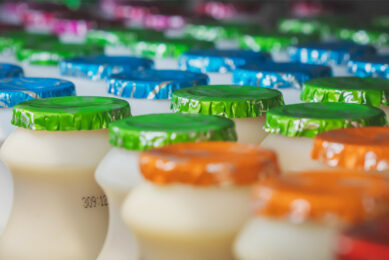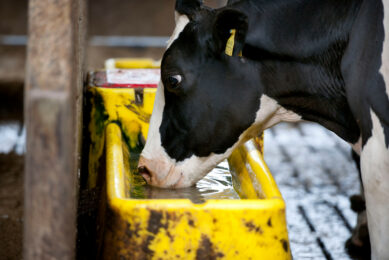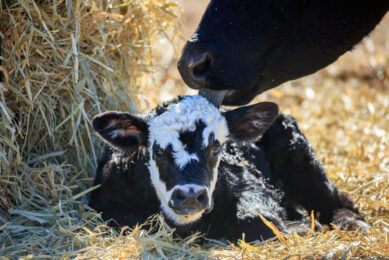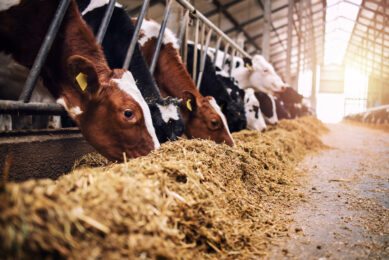Rumen health: Key for high productive cows
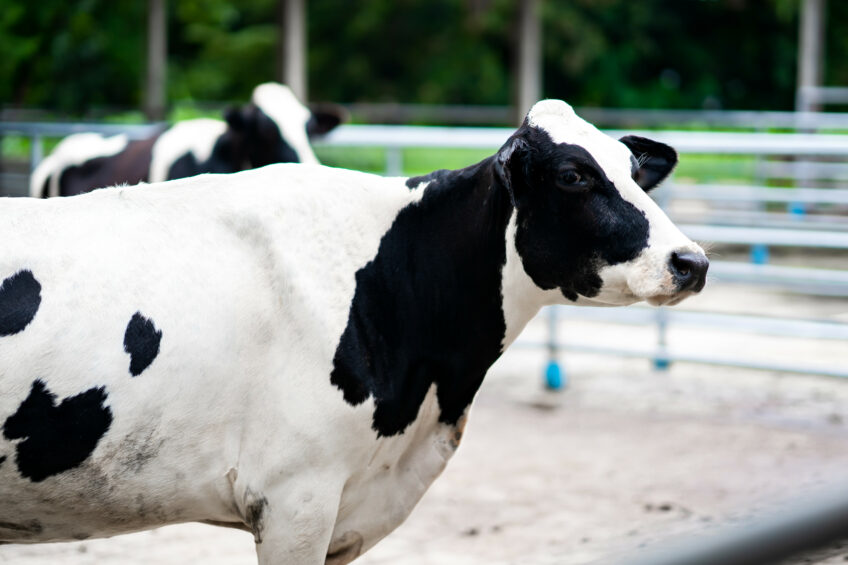
Since high productive cows depend highly on the rumen efficiency, every challenge, such as heat stress, has to be compensated by (nutritional) management. One of the nutritional solutions can be found in an effective rumen buffer supplement.
Different factors can bring a healthy rumen into a stressful condition. However, a too low drop in rumen pH which causes rumen acidosis, has the biggest impact. Rumen acidosis is a metabolic disease appearing as acute rumen acidosis but more often as the sub-acute form (SARA). Several studies agree that 19-26% of all dairy cows deals with SARA. During this period of SARA the rumen efficiency decreases to a large extent. Less digestion, lower absorption of volatile fatty acids (VFA’s), higher production of endotoxins and even damage to the rumen wall will be the result. But also heat stress can have a huge effect on rumen health. Here we explain more what it entails and which other factors can disrupt the rumen and hence milk production.

Heat stress
Heat stress is a very broad term, but what does it mean exactly? Normally temperature should be the first indicator, but to estimate the real effect on dairy cows also humidity has to be taken into account. Naturally cows lose heat through non-evaporated cooling (radiation, conduction, convection). When temperatures rise cows start using the evaporative cooling mechanisms (sweating, panting). These evaporation strategies are effective but when humidity rises cows are not able to lose enough body heat to prevent the rise in body temperature. In order to make a good estimation of the risk of heat stress the Temperature Humidity Index (THI) gives a good indication (Figure 1).
Figure 1 – The Temperature Humidity Index.

Above a THI index of 72, cows start to suffer from heat stress. The impacts of heat stress can include a range of things. A lower dry matter intake is one of the first reactions of a dairy cow during heat stress directly affecting the energy balance in a negative way. Another important risk is an altered ratio of concentrates to roughage, especially when cows are able to select the concentrates. Together with a lower number of meals, resulting in bigger meal sizes during heat stress, the risk for rumen acidosis will strongly increase. In periods of low rumen pH, the feed digestion will be impacted strongly. Besides this, the level of endotoxins will increase, up to 10-20 times the amount in a healthy rumen (Li et al, 2012).
Also read: When do cows have the need to huddle? Jan Hulsen – Vet and founder of Cowsignals Training explains
More factors of lower milk production
If we look at the lower DMI during heat stress, this only explains about 35-50% of the reduction in milk production. What are the additional causes for producing less milk? Like cows affected by heat stress, early lactating cows also experience a negative energy balance. Early lactating cows have however a compensating mechanism in place. Thanks to a low insulin level and insulin resistance during early lactation they can compensate a significant part of the ‘missing’ energy by using body fat. Cows with heat stress have a quite normal insulin concentration in the blood which prevents the use of body fat as alternative energy. In this case, cows become very dependent on glucose as an energy source. The more glucose that is needed for energy results in lower glucose available for the production of lactose which is directly related to a lower milk production. The big increase in endotoxin production causes an additional drop in milk production. Oxidative stress causes an impairment of the natural barrier function of the GIT. Similarly, hypoxia, a lower oxygen content in epithelial cells due to heat stress, damages the natural barrier function of the GIT. The higher permeability of the gastrointestinal wall results in a higher absorption of endotoxins. Moreover, these endotoxins are present at an increased level in situations of heat stress. Once entered in the body they activate the immune system using a lot of energy in the form of glucose. This higher use of glucose again results in less available glucose for milk production.
Figure 2 – Consequences of heat stress in cattle.

Buffering supplement
To protect the cows from the negative effects of heat stress, a rumen buffer can be used. In practice, single sodium bicarbonate is often used, having a large buffering capacity but only during a short period of time directly after consumption. To obtain a good buffering profile over the complete rumen tract it is necessary to have a good combination of fast, moderate and slow buffering components. This way the rumen will be buffered when needed and the capacity in time is tuned with the needs of the rumen in time. Some products do more, such as a new supplement*, that is also capable of steering the bacterial population in the good direction. Supporting cellulolytic bacteria will result in a lower production of lactic acid. Additionally, a stimulation of lactic acid consuming bacteria will minimise the decrease of the rumen pH. Finally the use of natural antioxidants in this buffer will reduce the effect of stress in the animal. Different natural components effectively reduce the negative effects of stress by protecting the barrier function of the intestinal wall. This minimises the amount of endotoxins absorbed in the body and results in a lower waste of glucose and a more healthy and productive animal.
*Mervit® Buffer
Join 13,000+ subscribers
Subscribe to our newsletter to stay updated about all the need-to-know content in the dairy sector, two times a week.



